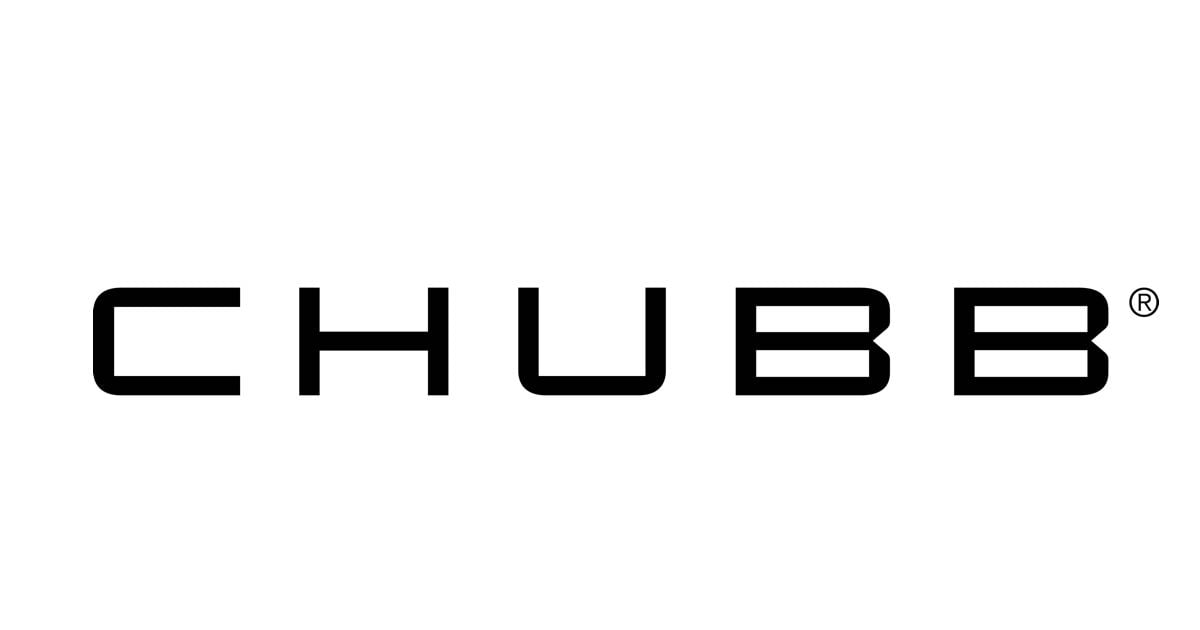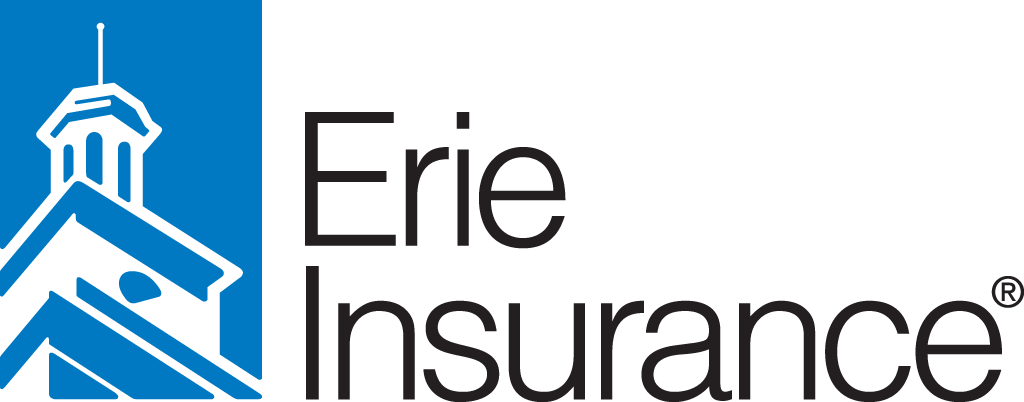Homeowners insurance in Kentucky is a bit more expensive than the U.S. average, but it’s smart to look at more than just price when choosing a policy. You’ll also want to make sure your insurance will cover common risks of damage in Kentucky, such as severe weather and sinkholes.
NerdWallet analyzed rates from insurers across the state to determine the best homeowners insurance in Kentucky.
Note: Some insurance companies included in this article may have made changes in their underwriting practices and no longer issue new policies in your state.
The best homeowners insurance in Kentucky
If you’re looking to buy homeowners insurance from a well-rated national brand, consider one of these insurers from NerdWallet’s list of the Best Homeowners Insurance Companies.
| Company | NerdWallet star rating | Average annual rate |
|---|---|---|
| State Farm | 5.0 NerdWallet rating | $2,190 |
| Chubb | 5.0 NerdWallet rating | Not available |
| Erie | 5.0 NerdWallet rating | Not available |
| Farmers | 5.0 NerdWallet rating | Not available |
| Cincinnati Insurance | 4.5 NerdWallet rating | $1,745 |
| Nationwide | 4.5 NerdWallet rating | $3,000 |
More about the best home insurance companies in Kentucky
See more details about each company to help you decide which one is best for you.
State Farm
5.0
Coverage options
Discounts
NAIC complaints
State Farm is a great choice for homeowners who like to work directly with a company representative, as the company sells policies through a wide network of agents. And its attention to customer service has paid off; the company has fewer customer complaints to state regulators than expected for a company of its size, according to the National Association of Insurance Commissioners.
State Farm offers a free Ting device as a perk for home insurance policyholders. Ting is a smart plug that monitors your home’s electrical network to help prevent fires.
Learn more with our State Farm homeowners insurance review.

Chubb
5.0
Coverage options
Discounts
NAIC complaints
Chubb generally serves affluent policyholders with high-value homes, offering lofty coverage limits and plenty of perks. For example, the company covers water damage from backed-up sewers and drains, and pays to bring your home up to the latest building codes during reconstruction after a claim. (Many insurers charge more for these types of coverage.)
Chubb policyholders may also be able to take advantage of the company’s HomeScan service, which uses infrared cameras to look for problems behind the walls of your home.
Learn more with our Chubb homeowners insurance review.

Erie
5.0
Coverage options
Discounts
NAIC complaints
Based in Pennsylvania, Erie is a regional insurer that offers guaranteed replacement cost for the structure of your home. With this coverage, the company will pay to rebuild your home completely after a disaster, even if the amount exceeds your dwelling limit. Not all insurers offer this option, but it’s worth considering as a hedge against rising construction costs.
Got a car to insure, too? If you bundle your home and auto insurance with Erie, you could get a discount of around 20%. You may also be able to save if your home has certain safety and security features such as smoke alarms or sprinkler systems.
For more details, read our Erie homeowners insurance review.
Farmers
5.0
Coverage options
Discounts
NAIC complaints
Homeowners policies from Farmers may include two valuable types of insurance: extended dwelling and replacement cost coverage. Extended dwelling coverage gives you extra insurance for the structure of your house, while replacement cost coverage offers higher reimbursement for stolen or destroyed belongings.
Some Farmers policies also come with perks that can save you money. For example, with claim forgiveness, Farmers won’t raise your rate for a claim as long as you haven’t filed one within the past five years.
Learn more with our Farmers homeowners insurance review.

Cincinnati Insurance
4.5
Coverage options
Discounts
NAIC complaints
Cincinnati Insurance sells homeowners policies through independent agents, with various options for standard and high-value homes. You may be able to add coverage for things like identity theft, personal cyber attacks or certain types of water damage.
Cincinnati may offer you a discount for bundling home and auto insurance, having a newer home, installing a centrally monitored alarm system or going a certain amount of time without filing a claim.
Learn more with our Cincinnati Insurance homeowners insurance review.

Nationwide
4.5
Coverage options
Discounts
NAIC complaints
We like Nationwide for its wide variety of coverage options. For example, its standard homeowners insurance policy generally includes ordinance or law coverage, which can help pay to bring your home up to current building codes after a covered claim. You can add other coverage for things like identity theft and damage from backed-up sewers and drains.
Depending on how much personal assistance you need, you can get a quote for homeowners insurance on the Nationwide website or work with a local agent instead. You can also use the website to pay bills, file claims or check claim status.
Learn more with our Nationwide homeowners insurance review.
How much does homeowners insurance cost in Kentucky?
The average annual cost of home insurance in Kentucky is $2,370. That’s 30% more than the national average of $1,820.
In most U.S. states, including Kentucky, many insurers use your credit-based insurance score to help set rates. Your insurance score is similar but not identical to your traditional credit score.
In Kentucky, those with poor credit pay an average of $4,625 per year for homeowners insurance, according to NerdWallet’s rate analysis. That’s 95% more than those with good credit.
» MORE: How your credit score affects home insurance rates
Average cost of homeowners insurance in Kentucky by city
How much you pay for home insurance in Kentucky will depend on your ZIP code. For example, the average cost of homeowners insurance in Louisville is $2,175 a year, while homeowners in Lexington pay an average of $1,830 per year.
| City | Average annual rate | Average monthly rate |
|---|---|---|
| Ashland | $2,040 | $170 |
| Bowling Green | $2,235 | $186 |
| Covington | $1,845 | $154 |
| Elizabethtown | $2,010 | $168 |
| Florence | $1,755 | $146 |
| Frankfort | $1,850 | $154 |
| Ft. Mitchell | $1,785 | $149 |
| Georgetown | $1,800 | $150 |
| Henderson | $2,220 | $185 |
| Hopkinsville | $2,355 | $196 |
| Lexington | $1,830 | $153 |
| London | $2,575 | $215 |
| Louisville | $2,175 | $181 |
| Newport | $1,770 | $148 |
| Nicholasville | $1,885 | $157 |
| Owensboro | $2,035 | $170 |
| Paducah | $2,670 | $223 |
| Richmond | $1,910 | $159 |
| Somerset | $2,265 | $189 |
| Winchester | $1,830 | $153 |
» MORE: What’s the average cost of homeowners insurance?
The cheapest home insurance in Kentucky
Here are the insurers we found with average annual rates below the Kentucky average of $2,370.
| Company | NerdWallet star rating | Average annual rate |
|---|---|---|
| Allstate | 4.0 NerdWallet rating | $1,560 |
| Cincinnati Insurance | 4.5 NerdWallet rating | $1,745 |
| Westfield | 4.0 NerdWallet rating | $1,755 |
| Progressive | Not rated | $1,920 |
| State Farm | 5.0 NerdWallet rating | $2,190 |
» MORE: The cheapest homeowners insurance
What to know about Kentucky homeowners insurance
Several risks accompany homeownership in Kentucky, including tornadoes, hail and sinkholes. Here are factors to consider when purchasing your homeowners insurance.
Severe weather
Severe weather can take many forms and strike throughout the year. From winter storms and thunderstorms to destructive tornadoes, your home faces the risk of property damage from a variety of causes.
A typical homeowners insurance policy will cover much of the damage due to severe weather, including wind, hail, snow and lightning. However, you’ll want to review the policy for adequate coverage and any unexpected extra costs, such as a separate deductible for wind or hail. (A homeowners insurance deductible is the amount subtracted from your claim payout.)
For example, your policy may have a $1,000 deductible for most claims and a 1% deductible for wind claims. So if your house has $200,000 worth of dwelling coverage, you’d have to pay for the first $2,000 of wind damage yourself.
Flooding
Flooding can cause extensive damage, and standard homeowners insurance policies won’t cover it. When in doubt, consider purchasing separate flood insurance to protect your home from the damage that comes with flooding.
To find out if you’re at risk, put your address into the Federal Emergency Management Agency's flood maps or visit RiskFactor.com, a website from the nonprofit First Street Foundation. Even if your home isn’t in a high-risk location, you may still want to buy flood insurance for extra peace of mind.
Note that while you can get flood coverage anytime, there’s typically a 30-day waiting period before the insurance takes effect.
» MORE: Why you might want flood insurance — even if it’s not required
Fires
About 50% of the state consists of commercial forest land, and wildfires do occur from time to time, especially during periods of drought. Homeowners insurance will generally cover damage from wildfires or other types of fire. Check your policy to ensure your coverage limits are adequate, especially if you live in a wildfire-prone area.
Pay particular attention to your dwelling coverage limit, which is the amount an insurance company will pay to rebuild the structure of your house. Because a fire can destroy your home, you’ll want to make sure this amount is enough to rebuild from the ground up. Your insurance agent can help you set the right limit.
» MORE: What you need to know about wildfire insurance
Sinkholes
Much of Kentucky is built on karst, a type of terrain that is responsible for the state's well-known caves — as well as the occasional sinkhole. A sinkhole can cause significant damage to your home, and standard homeowners policies often won’t cover it.
Kentucky cities built on karst include Louisville, Lexington, Frankfort and Bowling Green, according to the Kentucky Geological Survey
. If you live in an affected area, it's smart to assess your risk and consider buying additional coverage to cover sinkholes.
The Kentucky Geological Survey’s website is an excellent resource for learning more about sinkholes and karst topography, including the risks of karst and how to identify potential sinkholes on your property.
» MORE: Home insurance calculator: Estimate your rate
Kentucky insurance department
The Kentucky Department of Insurance regulates the state’s insurance market and offers information for consumers. You can file a complaint against your insurance company with the agency online, by mail or by fax. If you need assistance, call the Kentucky Department of Insurance toll-free at 800-595-6053.





